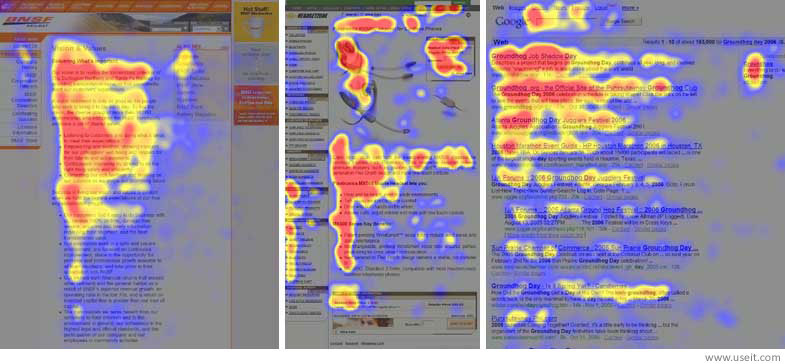Writing for digital vs writing for print
The advent of the internet has drastically changed the way we receive and communicate information. Previously, written content could only be published as physical print, and was therefore static and unchangeable; today, content can be published online and is in constant flux. As technology has shifted the way information is delivered, readers’ needs have changed, and writers must think about content in a completely new way.
How we read digital vs print
Writers need to understand the motives and needs of their readers in order to write content that is user-friendly, informative and appealing. In order to write for the web, it is crucial to understand how people read differently online vs in print.
Reading print:
- is a leisure activity
- has few distractions
- has a linear reading format (front to back, top to bottom)
- has immersive content.
Reading online:
- is a task-driven activity
- has many distractions
- has a multiple-direction reading format (back and forth between pages and content items)
- has interactive content.
Channels and devices for digital reading
With digital reading, there is a vast variety of devices and channels that readers can use to access online content. Almost any device with internet access (such as smart phones, tablets, eReaders and computers) can be used to read digital content. These devices have different screen sizes and proportions, meaning that content will be displayed differently depending on which device it is viewed on.

In addition to the variety of digital devices, there are also a number of accessibility devices and software for those who have hearing, seeing or learning impairments. Many readers have voiceover technologies which provides dictations of the written content, and many devices support braille readers. Font sizes and type, plus screen colours and brightness, can be adjusted to suit different needs. The content and layout of every webpage should be designed with these different accessibility tools in mind.
It is also important to realize that content written for a webpage will be published in multiple channels. Many online users use RSS feeds, which monitor sites and deliver summarized text and metadata to various outputs such as a feed reader or even the user’s personal email. Digital content can also be shared via social media platforms. The variety of channels means that it is especially important that the metadata (such as tags, heading and summaries) and images of a webpage accurately represent the content and appeal to readers who may be viewing the content outwith the actual website.
Techniques for writing digital content
The expectations, motives and habits of readers is different for digital and print content. It is therefore crucial that writers know these differences so that they can write clearly and effectively for an online audience.
There are three main areas that web writers need to focus on when writing online content:
Structure
The structure (including layout and headings) of a webpage plays an important part in its search engine optimization (SEO) and reader appeal. Search engines, such as Google, only view a webpage in terms of its headings, subheadings and keywords. Make sure your headings are meaningful and accurately reflect your content in order to increase SEO.
The structure should be easily scannable. According to recent studies, only 11% of users read a webpage line by line. In fact, users often look at webpages in a vague F-shaped pattern, searching for indications that a webpage contains the information they are looking for. Once again, your headings need to be clear and meaningful, and your content should be organized with the most important information near the top, moving towards more niche topics near the bottom.

Content
It takes readers 25% longer to read text online than in print; and on average, readers will only read the first 20% of a webpage containing more than 600 words. What this means is that writers need to make their content as concise as possible. Get to the main point, and get to it quickly. Use the active voice whenever possible to make your content clear and concise.
“Get rid of half of the words on each page, then get rid of half of what’s left” – Steve Krug, author of Don’t Make Me Think
“If in doubt, leave it out.” – Jakob Nielsen, web usability consultant
Ask yourself if any of your information would be better on a different webpage, or if the content could be broken down into a concise bulleted list. Bullets are a great way to break up large chunks of text, and are easy for readers to scan through.
Accessibility
When writing for the web, writers need to make sure their content is accessible to everyone. As mentioned previously, there are many different assistive technologies, devices, and viewing channels for reading online content.
Make sure your layout, language and content are accessible. For example, a screen reader will read “3:00pm” as “Three zero zero p m”, which is confusing and time-consuming. By writing “3pm” instead, you will make the text much more accessible.
With the variety of different software systems and devices out there, it is important to remember that a webpage on a laptop computer will display very differently on a smart phone. It is for this reason writers should avoid using tables whenever possible because they can often cause accessibility problems when the screen size changes.
Conclusion
Reading and writing digitally is very different from print. Web writers need to keep in mind that their readers are looking for specific information and have short attention spans. Therefore, online content needs to be scannable, accessible and concise.
